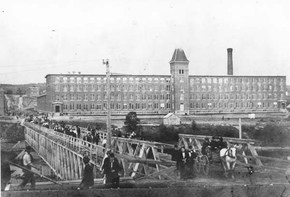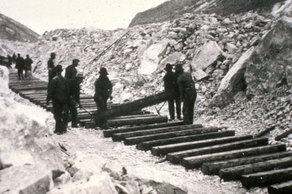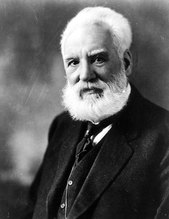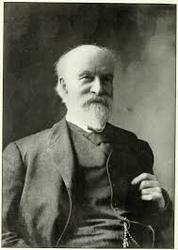Economic Developments
|
|
Between the time frame of 1875-1884, urbanization, the population, and the expansion of manufacturing, transportation were the main points that set this decade apart from the rest of history. In 1879, the government added a tax all immigrated manufactured goods coming into Canada so the prices wouldn't be extremely low and compete with the local goods. This tax was called the "tariff protection" and as stated before, it was to help the Canadian manufacturers. Although this tax limited the expansion of manufacturing, transportation, population and urbanization, it definitely didn't stop it. During the 1880s, urban populations grew immensely due to the increased amount of manufacturing jobs, and immigration. Montreal gained back it's french (Francophone) population as all the poorer part of the population moved into the city and the search for a job. Similar things happened in Ontario, New Brunswick, and Nova Scotia. Also, during this decade the Maritime population shifted their focus from shipbuilding to manufacture cotton mills, glass, steel. and coal. Sadly, due to the manufacturing competition in Ontario, many of these factories had already been shut down.
Although there was such a significant advancement in manufacturing, farming and farmers still remained an important part of the Canadian economy. At this time, the government was trying to convince that the National Policy (things such as the tariff tax) was good for the Canadians and everybody else, the farmers had their doubts. The farmers were frustrated at the tax that was put on the cheaper goods that was produced in the U.S. or Britain, since this meant they had to pay a lot more for their machinery, and other tools. Yet the products they produced had to be sold in international markets that didn't have tariffs, which meant that their products were sold at a cheaper price. Another very important development in this time frame was the transcontinental railroad (completed in 1886). This railroad was started and stimulated the Canadian industry and many technological changes beyond steam technology. Experiments were already being tested with electricity, and electricity was available in major cities like Toronto and Vancouver by the 1880s. In 1874, Alexander Graham Bell invented the first telephone. This lead to telegraph lines being laid along the railway lines which resulted in instant communication being possible across the country. Since there was faster communication and transportation, time differences between regions of both the country and the world became a major concern. Therefore, Canadian Sanford Fleming invented a global system of telling that involved time zones. His system was first put forward at an international conference in Washington in 1884, and is still used today. |




